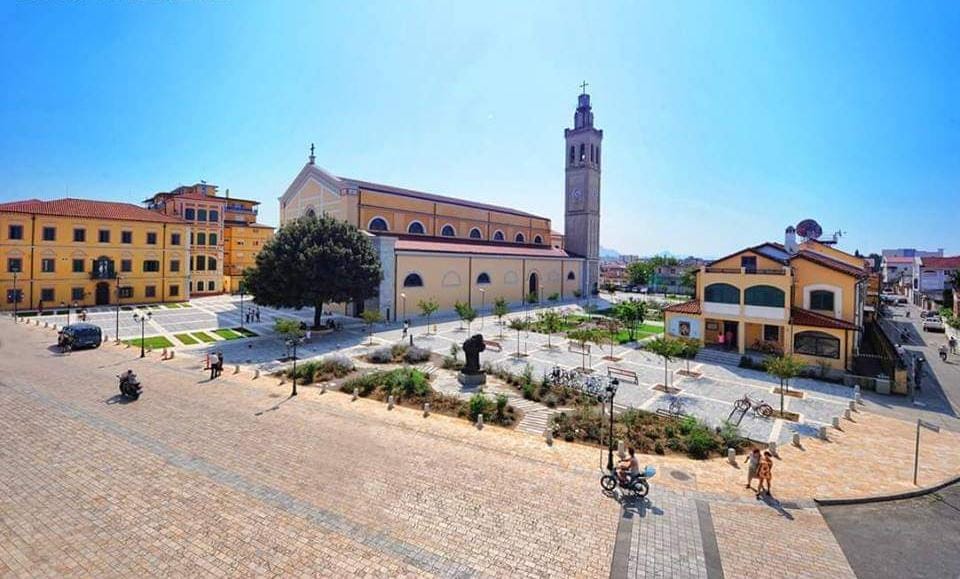The dedication of the Church of Saint Stephen, the city’s first patron saint, is dedicated to a previous church with the same name. This previous church is now buried in the Rozafa Castle, on whose remains a mosque was built. Marin Barleti, a notable 16th-century Albanian writer, mentions the former church and the patron saint of the city in his Historia de vita et gestis Scanderbegi Epirotarum principis (The story of life and deeds of Skanderbeg, the prince of Epirotes). In the book, he describes the Siege of Shkodra, which lasted from 1478 to 25 April 1479. During this time, the League of Lezhe helplessly protected the castle from the Ottoman Empire army until the castle eventually fell in Turkish hands.
For the first three centuries of the Ottoman occupation, the bishops of the city were constrained to live outside the city. In 1762, five years after the formation of Pashalik of Scutari, the first Albanian Pashalik under the Bushati family, Monsignor Pal Pjeter Kamsi was eventually allowed to reside in the city again.
The faithful continuously applied for permission from the Sultan for the building of the church. In 1851, Abdülmecid I issued the decree to allow the construction of the church. The dome was first built in wood but almost fell off 35 years after the construction. In 1897, it was replaced with other materials, which still exist today.
In 1909, Albanian painter Kolë Idromeno coffered the vault, and his paintings in the vault can still be seen today. His work includes Lady of Shkodër, followed by two angels dressed in Shkodër folk costumes. In the background, you can see the city of Shkodër surrounded by the Rozafa castle.
An earthquake in 1905 and the bombing of March 12, 1913, during the Siege of Scutari, damaged the bell tower and the clock, which had been given by the Kakarriqi brothers. In 1925, the Kakarriqi family purchased another clock that worked until 1967, when the church was transformed into a Palace of Sports following the Cultural Revolution. Ironically, even the Congress of the Communist Women of Albania was held in the Cathedral in 1973.
The towers were destroyed in 1967, and the portal was boarded up. In 1990, the Cathedral was reopened, and on November 11, 1990, the first mass in the country since 1967 was held in the cathedral. A symbolic mass was held on March 21, 1991. In 1993, Pope John Paul II visited the cathedral.




